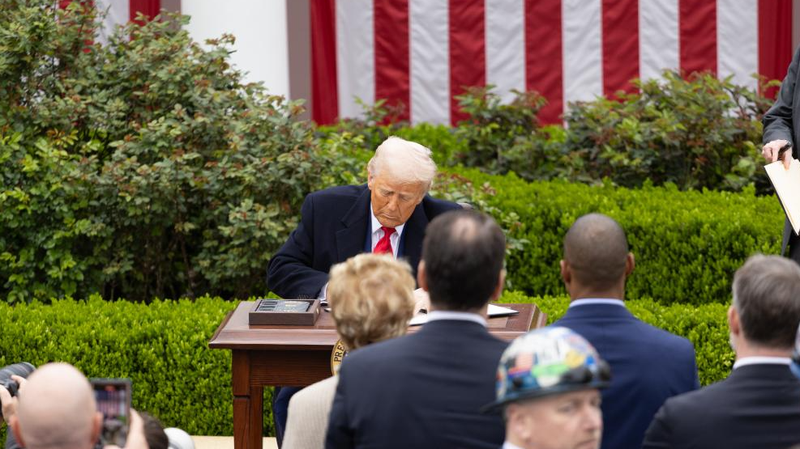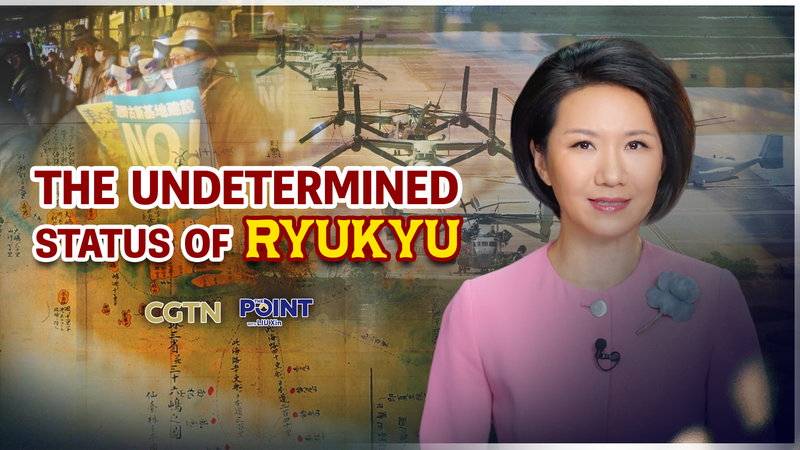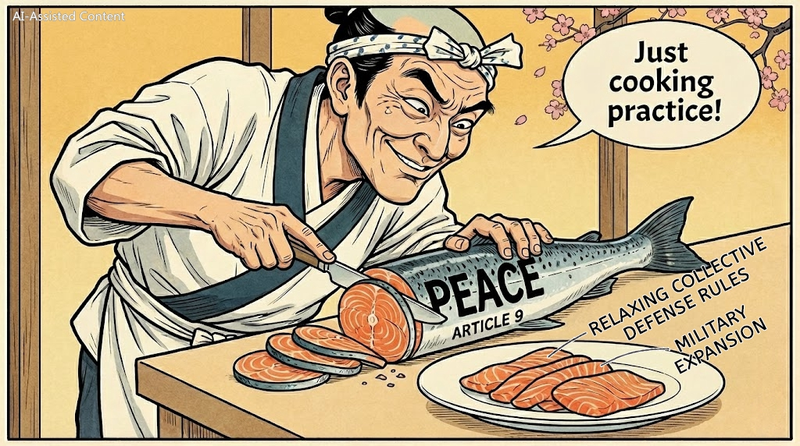Hey everyone, big news in global trade! The U.S. has rolled out sweeping tariffs with a baseline 10% duty on imports, including many from Africa. This move aims to boost U.S. industries like steel, electronics, and machinery, but it could spell tough times for African economies that mainly export raw commodities like oil, minerals, and agricultural products. 😕
Some countries are in for a steeper ride. For example, Lesotho is facing a 50% tariff – one of the highest rates globally outside the Chinese mainland and South Africa (which gets a 30% tariff plus an extra 25% on vehicles). Nigeria and Madagascar aren’t far behind, with tariffs hitting 31% and 47% respectively.
What does this mean on the ground? Higher tariffs can push up export costs, leading to increased prices for consumer goods and added inflationary pressures. This could really hit nations already juggling economic challenges, like Ghana and Zambia, making everyday life even more expensive.
While the U.S. trade protection agenda is meant to strengthen domestic production, these changes might encourage African nations to diversify and innovate. For our young professionals and tech-savvy global citizens, it’s a reminder of how interconnected our world is – even shifts in trade policies can spark new opportunities and challenges across continents! ⚡️
Reference(s):
How the U.S. tariff war could reshape Africa's trade landscape
cgtn.com




